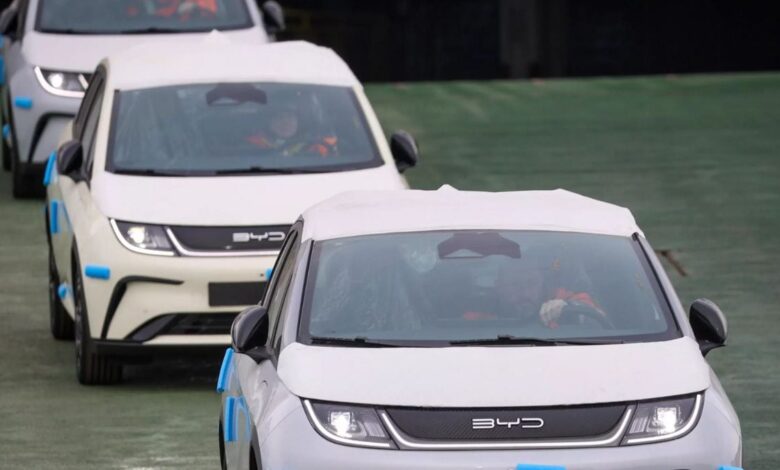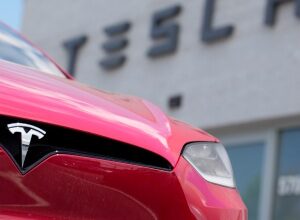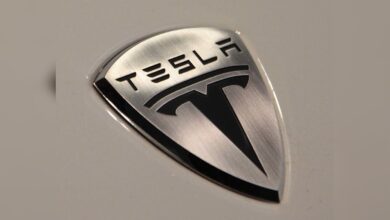Why are Electric Vehicles more likely to hit pedestrians? – Firstpost

EVs aree three times more likely to hit pedestrians than petrol or diesel cars in cities and towns. Representational image. AFP
Electric Vehicles (EVs) are more likely to hit pedestrians.
That’s what a new study published in the Journal of Epidemiology & Community Health has found.
But what do we know about the study? Why is this the case?
Let’s take a closer look:
According to The Guardian, researchers examined UK travel and road accident data from 2013 to 2017.
They examined 51 billion kilometres of travel by battery-powered cars and 4.8 trillion kilometres of petrol and diesel car trip.
They found that the average annual pedestrian casualty rate per 160 million kilometres was 5.16 for electric and hybrid cars.
That number was just 2.4 for petrol and diesel cars per 160 million kilometres.
In short, electric and hybrid cars were twice as likely to hit pedestrians than their fueled counterparts.
They found that of the 916,713 casualties in accidents, 120,197 were pedestrians.
Over 96,000 were hit by a car or taxi.
The battery-powered cars were not more dangerous than their counterparts in rural areas.
However, in cities and towns, EVs were three times more likely to hit pedestrians than petrol or diesel cars.
“More pedestrians are injured in Great Britain by petrol and diesel cars than by electric cars, but compared with petrol and diesel cars, electric cars pose a greater risk to pedestrians and the risk is greater in urban environments,” the authors wrote as per Newsweek.
“One plausible explanation for our results is that background ambient noise levels differ between urban and rural areas, causing electric vehicles to be less audible to pedestrians in urban areas.”
The researchers, however, did not that their study had some drawbacks.
For example, younger drivers are both more likely to be involved in accidents and own EVs.
“From a public health perspective, our results should not discourage active forms of transport beneficial to health, such as walking and cycling; rather they can be used to ensure that any potential increased traffic injury risks are understood and safeguarded against,” the authors wrote.
What do experts say?
That it’s a sound problem for pedestrians.
“Electric cars are a hazard to pedestrians because they are less likely to be heard than petrol or diesel cars,” first author on the study Phil Edwards told The Guardian.
“The government needs to mitigate these risks if they are going to phase out the sale of petrol and diesel cars.”
Edwards, a professor of epidemiology and statistics at the London School of Hygiene & Tropical Medicine, added, “If you’re moving to an electric car, remember it’s a new kind of vehicle,” Edwards. They are much quieter than the old-fashioned cars, and pedestrians have learned to navigate roads by listening for traffic. Drivers of these vehicles need to be extra cautious.”
Nicola Christie, professor in transport safety at UCL, said people are used to looking for certain cues to signal when a car is approaching.
“When these cues are missing this could be very problematic for people in busy urban areas. The problem could be exacerbated for people with poor visual acuity or for children who find it hard to judge the speed and distance of vehicles,” she added.
With inputs from agencies
Find us on YouTube



